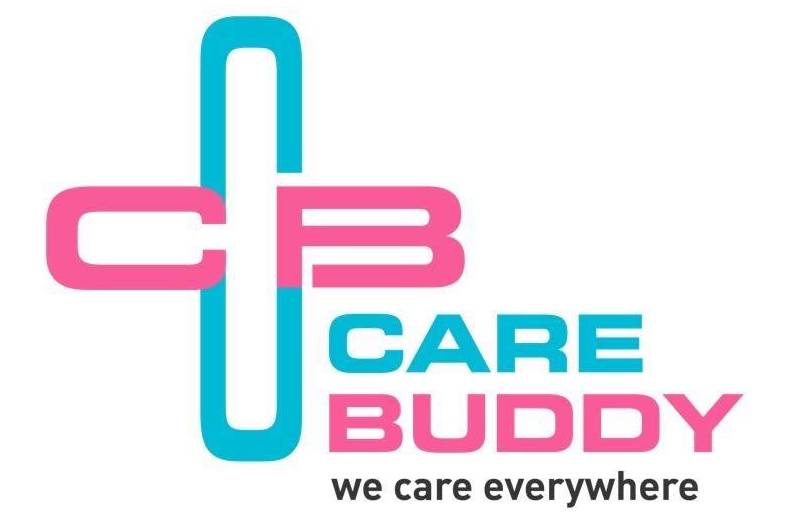Laparoscopy is a surgical procedure in which smaller incisions are made. Unlike conventional open surgery, where big incisions are made, in Laparoscopy, three-four smaller incisions are made through which surgical instruments, including a camera, are inserted. This surgery is minimally invasive. Surgeons prefer laparoscopy surgery over conventional surgery as it allows faster recovery for the patients. It has been extensively used in gall-bladder and other gastro-intestinal surgeries, a few gynecological procedures, etc.
Laparoscopy
Get Appointment


Harnia

Gall Bladder Stones

Appendicitis
Laparoscopy Surgery in Indore
Carebuddy’s Laparoscopic Surgery is equipped with sophisticated instruments to hold complex yet simple Laparoscopic surgeries. The procedure of Laparoscopy uses an instrument called a laparoscope to see the abdominal organs. A laparoscope may be a long, thin tube with a high-intensity light and a high-resolution camera at the front. The instrument is inserted through an incision within the wall. It is often used for surgeries occurring within the gallbladder, liver, pancreas, small intestine, enormous intestine (colon)spleen, stomach, pelvic or reproductive organs.
What is a laparoscopy?
A laparoscopy is a sort of keyhole surgery that is used to inspect and operate on the organs inside the abdominal (belly) and pelvic area. Laparoscopy is often used for diagnosis, by viewing the interior organs or taking a tissue sample (biopsy). Since you will be under anesthesia and remain unconscious for a while, you will not feel any pain. Laparoscopic surgery has advantages over traditional surgery, including rapid recovery, reduced pain, and far smaller scars. If you’ve got a laparoscopy surgery done, it does not mean that you will have to stay in the hospital for a night. Keyhole surgery may be a sort of surgery during which the surgeon uses only small cuts (incisions) to urge through the skin. It requires special training. This is often different from ‘open surgery’ where normally one large cut is formed.
What happens during a laparoscopy?
During laparoscopy, a little cut is formed within the abdomen. A skinny tube containing a lightweight camera, referred to as a laparoscope, is then inserted to see inside the abdomen and pelvis. The small instrument is employed to inflate the belly therefore the surgeon can see the organs properly. One or more other small cuts could also be made for other small instruments if needed.
Preparing for a laparoscopy
If you’ve got any concerns or questions about the procedure, discuss them with the doctor beforehand. If you’re taking regular medicines including complimentary ones, ensure that you tell the doctor or surgical team beforehand. This will make it easy for them to advise if you will have to prevent any of your medicines before surgery. If you’re taking blood-thinning medicines like aspirin or warfarin, this is often especially important to notify the surgical team.
A laparoscopy is administered under a general anesthetic. You will be given a set of instructions on the way to steel yourself for the procedure. These will include how long you’ve got to fast (not eating or drinking anything) before the procedure. For a few surgeries, you’ll even be asked to use a bowel preparation to empty your bowels beforehand.
After the procedure
When you wake up after the procedure, you’ll feel a touch sore around the cuts. You might also have some pain in your shoulder. This is often caused by pressure from the gas in your abdomen. You may feel sleepy and even nauseous, but these should only last a short amount of time. After a couple of hours in recovery, you’re likely to be sent home with care instructions, including the things to do if you have any pain, dressings, and stitches you’ll have. You will also be given pain-relieving medicines. You should not drive home after having a general anesthetic. It is best to rearrange for somebody to pick you up or assist you to get home. Make sure that you have someone with you for at least 24 hours so that they can take care of you and monitor your recovery post-surgery.
Advanced sorts of Laparoscopic Surgery
In some operations, the surgeon can put the camera and therefore the surgical tool through the same opening within the skin. This initiates less scarring. But it’s trickier for the surgeon because the instruments are closer to each other.
In other cases, the surgeon may plan to use a tool that lets them reach in with a hand. This is often called “hand assisted” laparoscopy. The cut within the skin should be longer than a half-inch, but it still is often smaller than in traditional surgery.
Technology can help the medical team be precise. In its robotic version, the surgeon cuts into the skin and inserts the camera, as usual. Then, rather than grasping the surgical instruments, they found a robot’s mechanical arms. Then they move to a computer nearby. A lot of surgeons think robotic surgery is particularly helpful for operating on people that weigh higher, and for gynecology and urology surgery. Most prostate removal operations use robots. The monitor shows the surgeon a 3-D, high-resolution, enlarged image inside the body during robotic surgery. They operate the robot and surgical equipment with hand controls while watching the screen. This lets the surgeon be more exact, and it can mean less impact on your body and lesser bleeding. As a patient, you’ll even have less discomfort after the operation.
Laparoscopic Surgery is performed when imaging techniques like MRI Scan, CT Scan, and Ultrasound aren’t ready to provide sufficient information for diagnosis. Laparoscopy may be a procedure during which common risks are related to bleeding, infection, and damage to organs of the abdomen. In such types of cases, doctors recommend Laparoscopy. Get the simplest treatment from a team of Laparoscopic surgery doctors. We’ve experts with us for Laparoscopic Surgery with all the facilities and super-specialties for the simplest care and health solutions.
